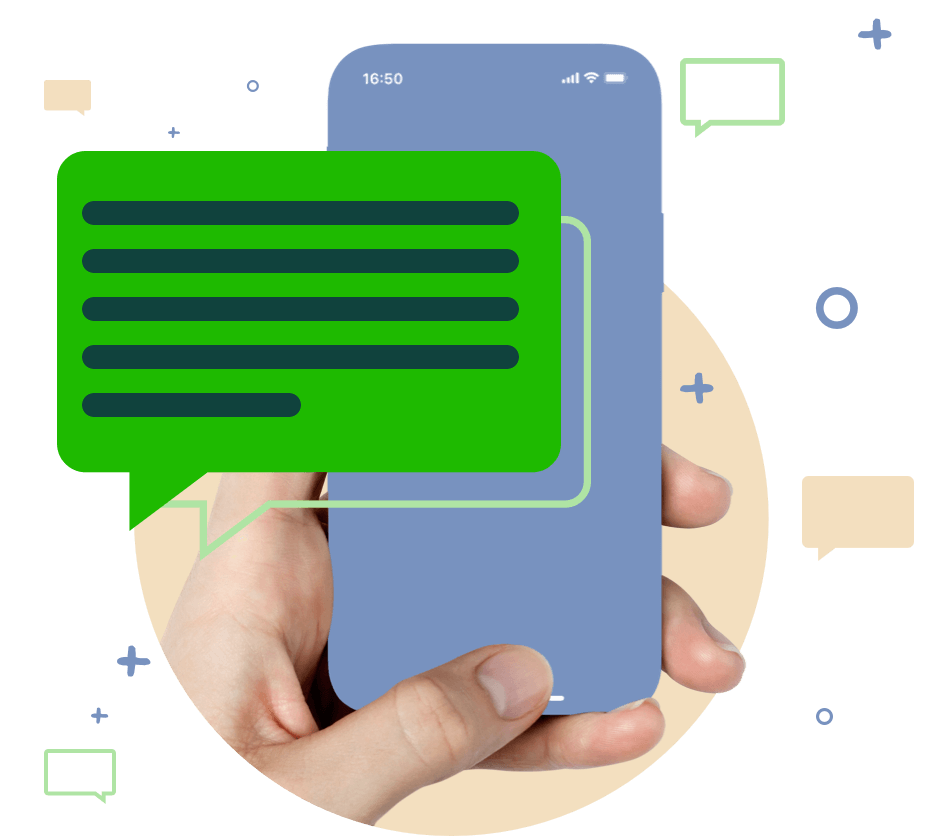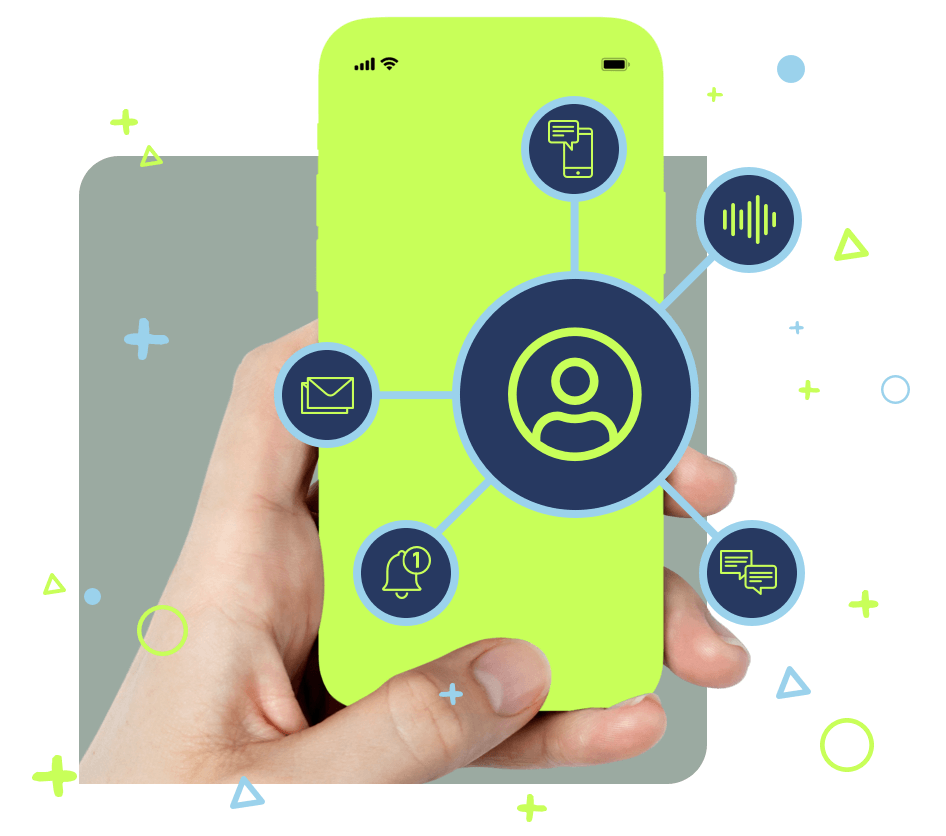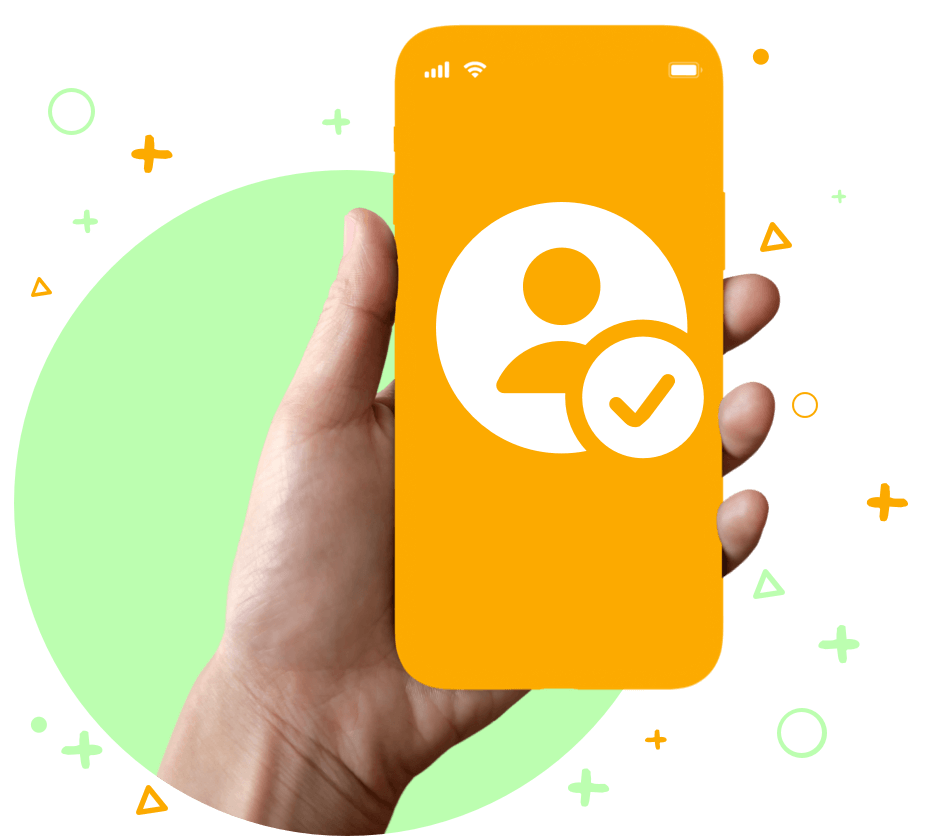Quick Links
What Is Customer Segmentation?
Market or Customer Segmentation is a way to group your contact/customer list into categories and address them with more targeted tools and content. Actually, these distinct segments are based on customers’ similar characteristics and attributes. As a result, segmenting a market enables you to develop a deeper understanding of your customers.
You can create target segments using Waymore to send specific messages for each group and reach out to them via SMS.
Why is it important?
Identifying the right group of customers is key for any marketing campaign to succeed. In essence, segmentation guides you as to how to reach your customers through advertising and promotions. Also, helps you to target the right people, produce relevant and valuable messages, and highlights what changes you can make in order to meet a customer’s needs as well. Finally, choosing the right segment of the market is important to achieving increased sales and profitability.
Benefits of Segmentation
- Groups your customers by factors
- Allows your sales organization to pursue higher percentage opportunities
- Identifies your most and least profitable customers
- Focuses on the most valuable customers
- Retention opportunities
- Builds loyal relationships with customers
- Improves customer service
- Uses your resources wisely
- Improves products to meet customer needs
You can segment people based on larger differentiating factors including:
Demographics: Tangible, measurable information about individuals or groups of individuals, such as:
1. Age and gender
2. Occupation
3. Location
4. Income level
5. Education level
6. Racial/Ethnic identity
7. Marital status and children
Lifestyle variables: Information focuses on those intangible characteristics that make people unique.
1. Psychographics
2. Life stage/ life roles
3. Political beliefs
4. Hobbies
5. Interests
6. Entertainment activities
7. Cultural practices
Type of Customer or User:
- New customer
- Frequent customer
- Potential customer
Interest level: Who is more engaged? Who is opening your message and who is also clicking on your CTAs?
1. Customer information/insight: How much are they spending, what do they like more?
2. Activity: How often are your recipients logging in, buying?
3. Engagement: Who is opening all emails/SMS, just some, or none?
4. Recent Activities: Last purchase and recent web activity.
Efficient SMS segmentation practices
1. Level of engagement
As we already know from email segmentation practices, creating a group with the most engaged subscribers is the first thing to do. A customer that is opening and interacting with your text messages, is more likely to do the same with your next text too.
On the other hand, there are the least engaged customers. They may have been “silent” on your last messages but don’t forget they agreed to receive messages from you. So, the best thing to do is to try to re-engage them using special offers and your best content.
2. Past purchasers/non-purchasers
Another “go” SMS segmentation strategy is making groups based on who have—or have not—purchased recently. For the group of purchasers, you can send off upsell and cross-sell campaigns related to the items they purchased most recently.
For the people who haven’t buy anything from your brand lately, you can try different kinds of content to see what works best for them, using A/B testing. You can also send them special discounts to attract their attention and make them feel special.
3. Location
4. “VIP list”
Improve customer experience using the right Segmentation tools
You are not alone in this. Use Waymore’s platform analytics and gather data, observe real-time trends, and fine-tune campaigns to improve retention effortlessly. Take a deeper look into your customer’s likes and dislikes and create new opportunities for your brand.
The main goal of an SMS campaign is to engage customers with accurate and personalized content. Segmentation is the key to achieve your goals and also provide a unique customer experience and boost your sales.




